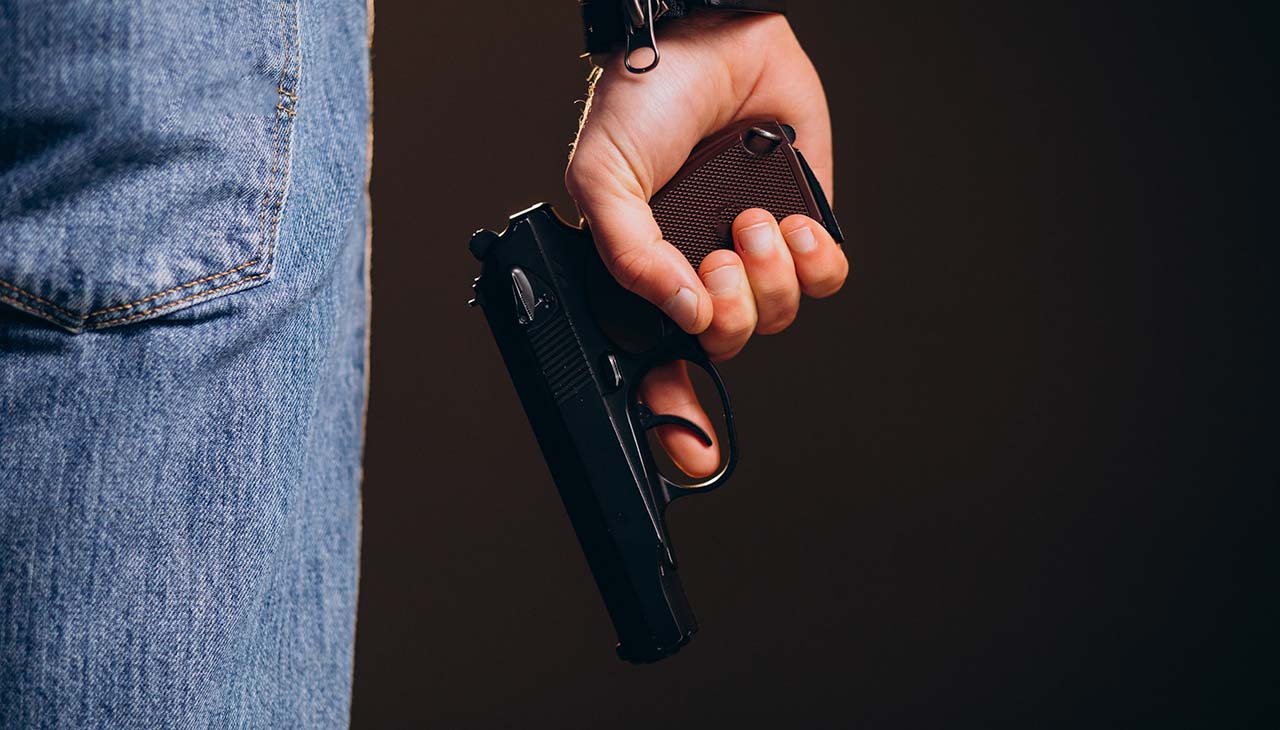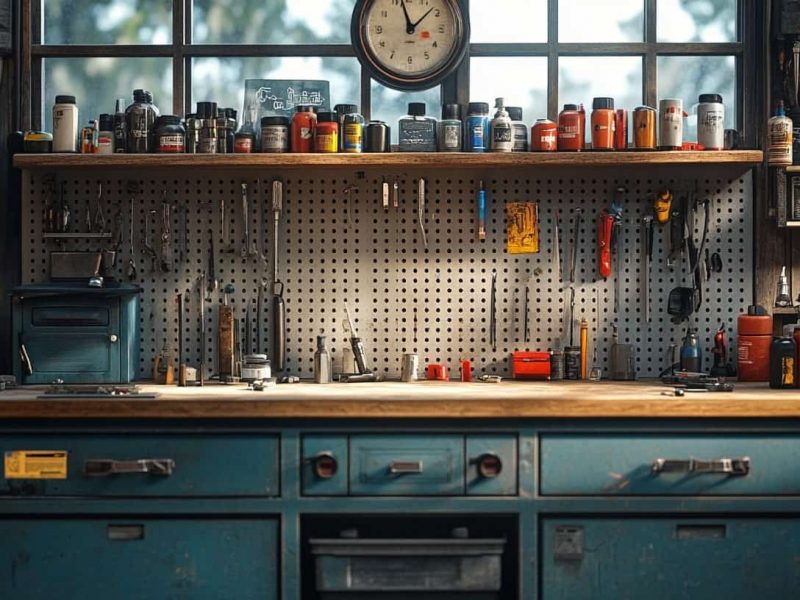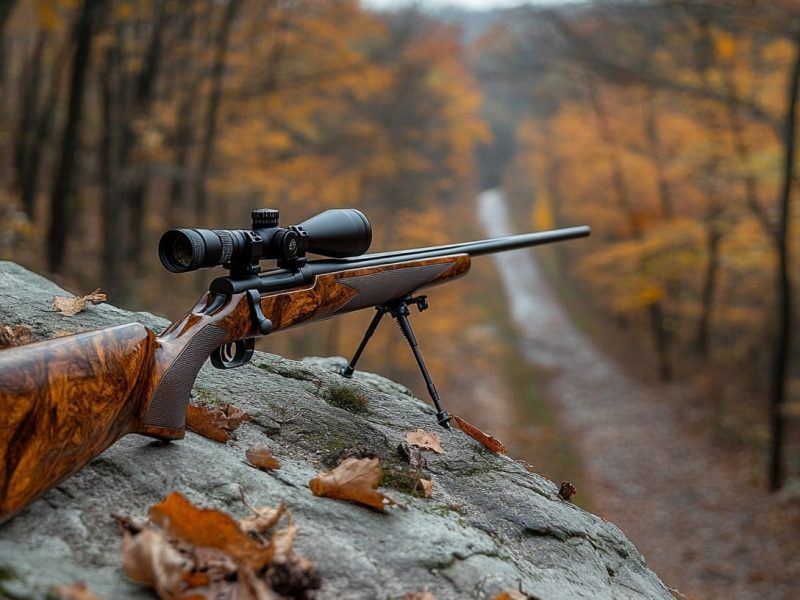Introduction
Selecting the right barrel is crucial for optimal performance in firearms. The barrel’s characteristics significantly impact various aspects of shooting, making it essential to understand the factors influencing performance. A well-chosen barrel can enhance accuracy, velocity, range, and the overall handling of the firearm, tailored to the specific needs of the shooter.
Factors to Consider
Barrel Length
Barrel length plays a pivotal role in determining the overall performance of a firearm. Longer barrels generally offer increased accuracy and velocity, as they allow for more complete combustion of the propellant. This leads to higher bullet speeds and flatter trajectories, extending the effective range. However, longer barrels also add weight and may reduce maneuverability, making them less suitable for situations requiring quick movement and agility. Conversely, shorter barrels provide better handling and are easier to carry, but may sacrifice some accuracy and velocity.
Accuracy and Precision
Accuracy and precision are influenced by several factors, including the material of the barrel, the type of rifling, and the dimensions of the chamber. High-quality materials such as stainless steel or match-grade alloys are often preferred for their durability and consistent performance. The rifling process, which imparts a spin to the bullet, is critical for stabilizing the projectile and achieving better accuracy. Additionally, precise chamber dimensions ensure proper bullet seating, reducing inconsistencies in shot placement.
Weight and Balance
The length of the barrel directly affects the weight and balance of the firearm. A well-balanced firearm is easier to control and less fatiguing to use over extended periods. Barrel length must be carefully selected to ensure the firearm feels comfortable and natural in the shooter’s hands. An unbalanced firearm can lead to poor handling and decreased accuracy, making balance a key consideration when choosing a barrel.
Intended Use
The intended use of the firearm significantly influences barrel selection. Precision shooting and competitive events often demand long, heavy barrels designed for maximum accuracy. In contrast, hunting may require a more moderate barrel length, balancing accuracy with the need for mobility. For general or recreational use, a standard barrel length that offers a good mix of performance and maneuverability is often suitable.
Budget and Quality
Balancing quality with budget constraints is a critical aspect of barrel selection. Higher-priced barrels typically offer better materials and construction, translating to improved performance and longevity. However, it is essential to assess whether the benefits justify the cost, especially for casual shooters. Understanding the correlation between price and performance can help in making informed decisions that align with financial resources and shooting goals.
Conclusion
Selecting the right barrel requires thorough research and, when possible, expert advice. Considering factors such as barrel length, accuracy, weight, intended use, and budget will guide shooters toward the best choice to match their specific needs. By investing time in understanding these elements, shooters can enhance their performance and achieve their desired outcomes effectively.


